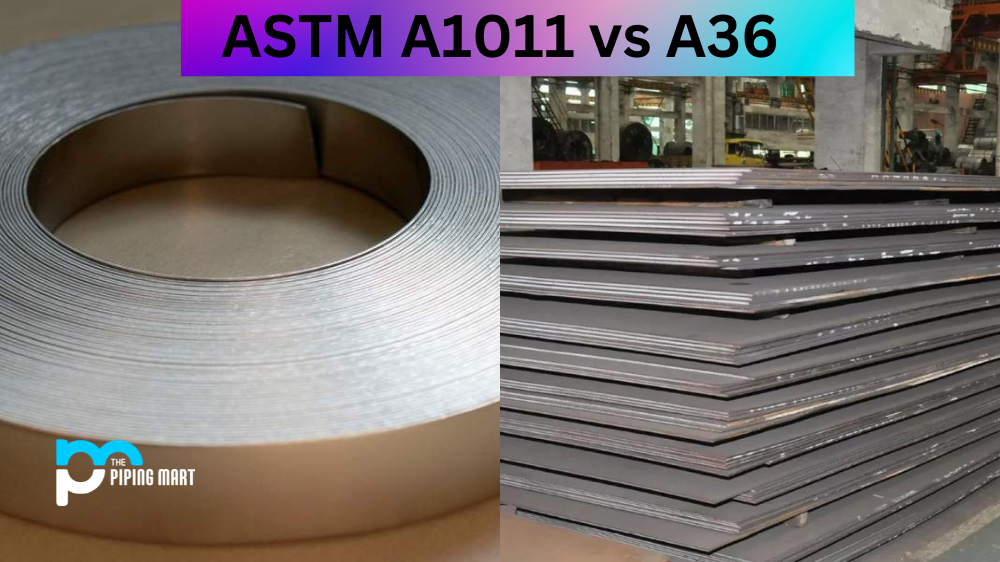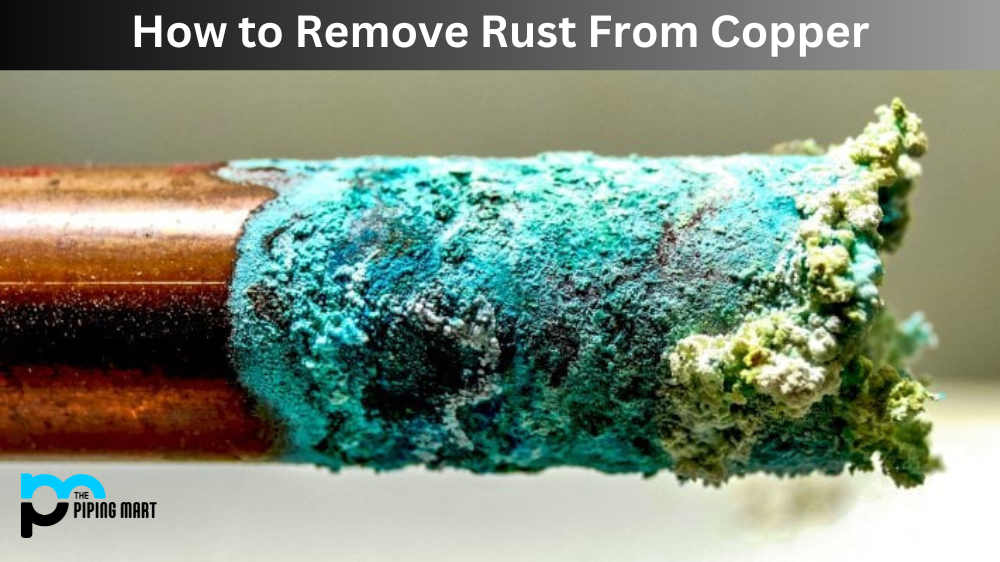Steel is a versatile and essential material used in numerous industries and applications. Among different types or grades of steel, ASTM A1011 and A36 are commonly used due to their high-quality features. However, a significant difference between them often needs to be clarified for the users. Hence, this blog post will highlight the comparisons and contrasts between ASTM A1011 and A36 to help you choose the best-suited steel for your applications.
Difference Between ASTM A1011 and A36
Composition
The primary difference between ASTM A1011 and A36 is their composition. A1011 is a specification that covers hot-rolled steel sheets and strips suitable for forming and welding. It has a maximum carbon content of 0.15%, while the manganese, phosphorus, and sulfur content are limited to produce its required mechanical properties. On the other hand, A36 is a specification for carbon structural steel that covers numerous grades of steel shapes, such as bars, plates, and beams. It has a maximum carbon content of 0.29%, and its composition may vary for different shapes and sizes.
Mechanical Properties
Both ASTM A1011 and A36 have different mechanical properties and strengths.
A1011 has a minimum tensile strength of 41ksi and a minimum yield strength of 24ksi. It also has excellent formability, making it ideal for creating various shapes and parts. In contrast, A36 has a minimum tensile strength of 58ksi and a minimum yield strength of 36ksi, making it more robust than A1011. Its main feature is flexibility, which can mould into specific shapes and structures.
Manufacturing Process
Another factor that distinguishes ASTM A1011 from A36 is the manufacturing process. A1011 is a specification for hot-rolled steel, while A36 is made using the traditional furnace and cooling process that results in unique mechanical properties. A1011 is often used to manufacture various automobile parts, sheet metal, and construction materials. Compared, A36 is widely used in the construction industry, such as bridges, buildings, and other structures.
Applications
Due to the differences in their composition and mechanical properties, A1011 and A36 have varied applications. A1011 is ideal for applications that require excellent formability, such as automobile parts, equipment panels, and home appliances. It is also well-suited for structural components that need a low-carbon steel grade. On the other hand, A36 is ideal for applications that require high strength and robustness, such as large and heavy constructions, bridges, and precision machines.
Yield Strength
The yield strength is another important difference between ASTM A1011 and ASTM A36 steel. Yield strength refers to the stress a material can withstand before it begins to deform. The higher the yield strength, the stronger the fabric. ASTM A1011 has a yield strength of 36,000 psi, while ASTM A36 has a yield strength of 58,000 psi.
Tensile Strength
In addition, to yield strength, another important difference between ASTM A1011 and ASTM A36 steel is the tensile strength of each. Tensile strength refers to the stress a material can withstand before it breaks. The higher the tensile strength, the stronger the fabric. ASTM A1011 has a tensile strength of 58,000 psi, while ASTM A36 has a tensile strength of 80,000 psi.
Conclusion
In conclusion, ASTM A1011 and A36 are steel grades with unique features and strengths. While A1011 is better for formability, A36 is stronger and suitable for heavy applications. Their composition, mechanical properties, manufacturing process, and applications differ. Hence, it is important to carefully consider the required properties and application when choosing between A1011 and A36 to ensure optimal performance and longevity.

Pipingmart is a B2B portal that specializes in metal, industrial and piping items. Additionally, we share the latest information and information about materials, products and various types of grades to assist businesses that are involved in this business.




